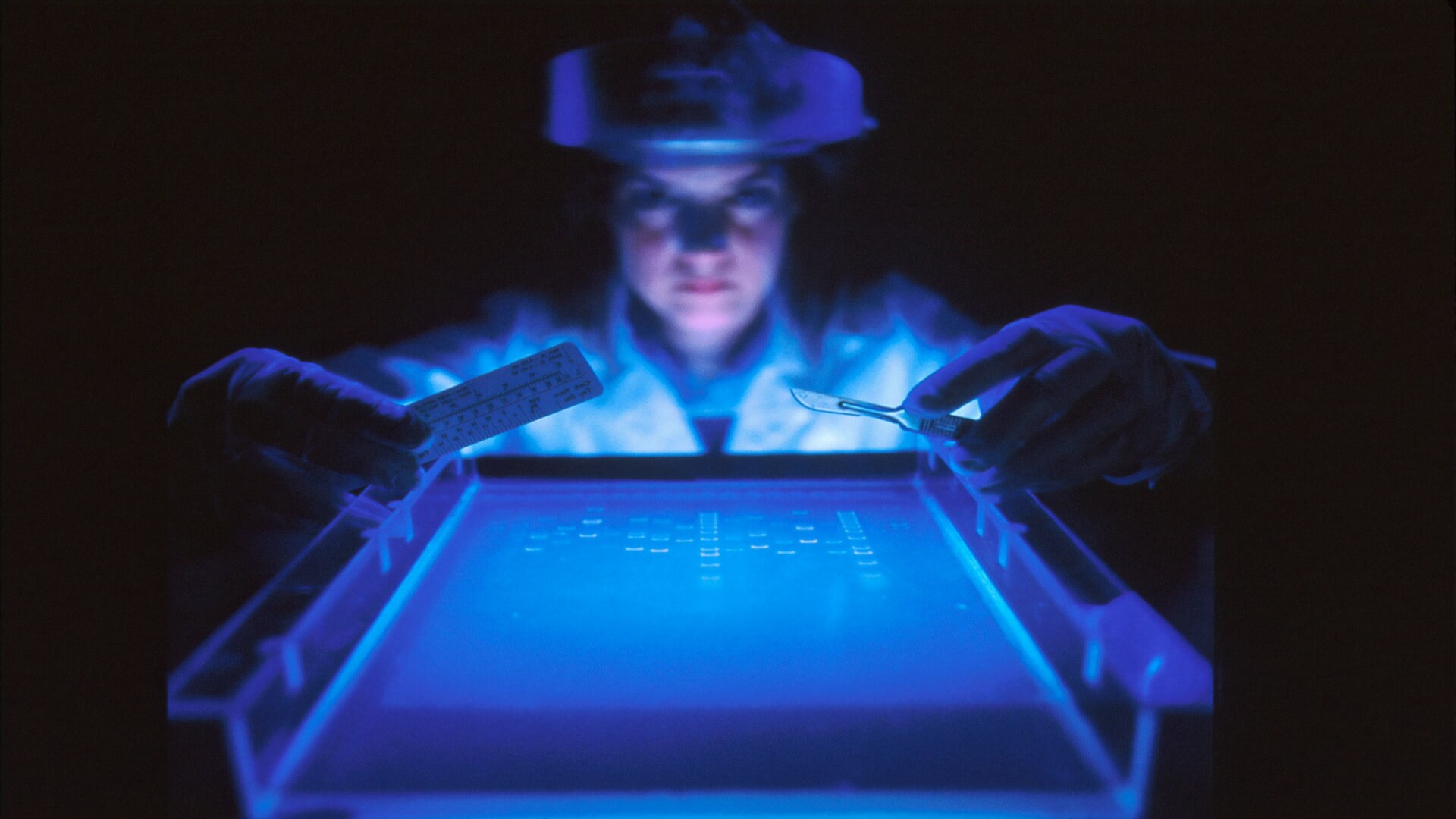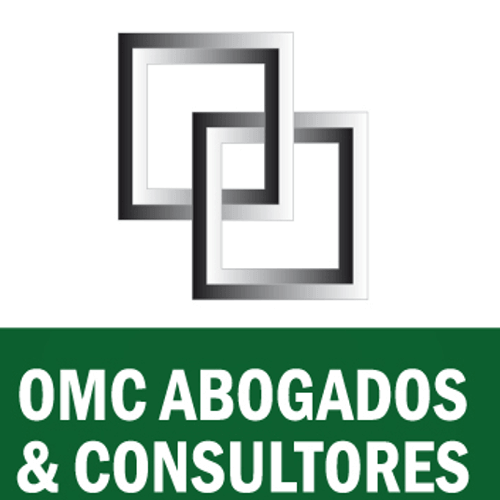
The healthcare industry is experiencing a major transformation with the introduction of new technologies. New technology is changing how we access and deliver healthcare services, from electronic health records to telemedicine.
It’s making it easier for patients to get care, reducing wait times, and streamlining processes like billing and insurance claims. Here are some of the most prominent forms of technology revolutionizing how we provide healthcare today.
1. Telemedicine Services
Telemedicine services are becoming increasingly popular in the healthcare industry. It allows patients to access medical consultations from home or office via video conferencing.
This eliminates the need for an in-person visit, saving time and money while still providing quality care. Telemedicine can be used for many tasks, including diagnosis, prescription management, and follow-up visits.
Telemedicine is also an effective tool for reaching underserved populations who may be unable to access traditional healthcare services due to geographic or financial barriers.
2. Wearable Technology
Wearable tech has become increasingly popular in the healthcare industry. These devices can track and measure patient data such as heart rate, blood pressure, and activity levels.
It allows patients to monitor their health in real time, allowing healthcare providers to quickly intervene when needed. In addition, wearable devices can be used to provide feedback on lifestyle changes that may improve overall health outcomes.
3. Artificial Intelligence
Artificial intelligence (AI) is being used to help streamline healthcare provision. AI-powered analysis systems can quickly and accurately diagnose medical conditions based on patient data.
This reduces the need for costly and time-consuming tests, speeding up diagnosis times. AI can also be used to generate insights from large amounts of data that would otherwise be difficult for humans to process.
These insights can provide valuable information about patient health, allowing healthcare providers to make more informed decisions when providing care.
4. Electronic Prescribing (e-prescribing)
E-prescribing is a system that allows physicians to send prescriptions electronically to the pharmacy, eliminating the need for handwritten scripts and phone calls. E-prescribing saves time and reduces paperwork for both patients and healthcare providers.
Additionally, it can help reduce medical errors associated with miscommunication or incorrect dosing.
5. Automated Medical Billing
Automated medical billing automates the process of submitting claims to insurance providers, eliminating manual paperwork and saving time. These systems also reduce errors associated with incorrect coding or data entry, resulting in faster payments and improved accuracy.
6. Electronic Health Records (EHRs)
One of the most significant advancements in healthcare technology is the implementation of electronic health records (EHRs). EHRs are digital versions of traditional paper records containing all patient medical information, such as diagnoses, medications, and test results.
EHRs, such as the software from iSalus, allow healthcare providers to access patient data quickly and easily, saving valuable time and resources.
Electronic health records also improve patient safety by reducing the likelihood of medical errors caused by illegible handwriting or lost paper records. Overall, EHRs are a critical technological advancement that is significantly streamlining healthcare provision.
Conclusion
Technology is changing the healthcare industry for the better, and many forms of new tech are streamlining healthcare provision.
These advancements, from electronic health records to automated medical billing, have saved time and resources while improving patient safety. Furthermore, telemedicine services provide access to care for underserved populations who may not be able to reach traditional healthcare services due to geographic or financial barriers.
With all of this in mind, it’s clear that technological developments will continue to play a vital role in modern-day healthcare delivery systems. By leveraging the power of technology, we can ensure more efficient and effective ways of providing quality care for everyone.




















